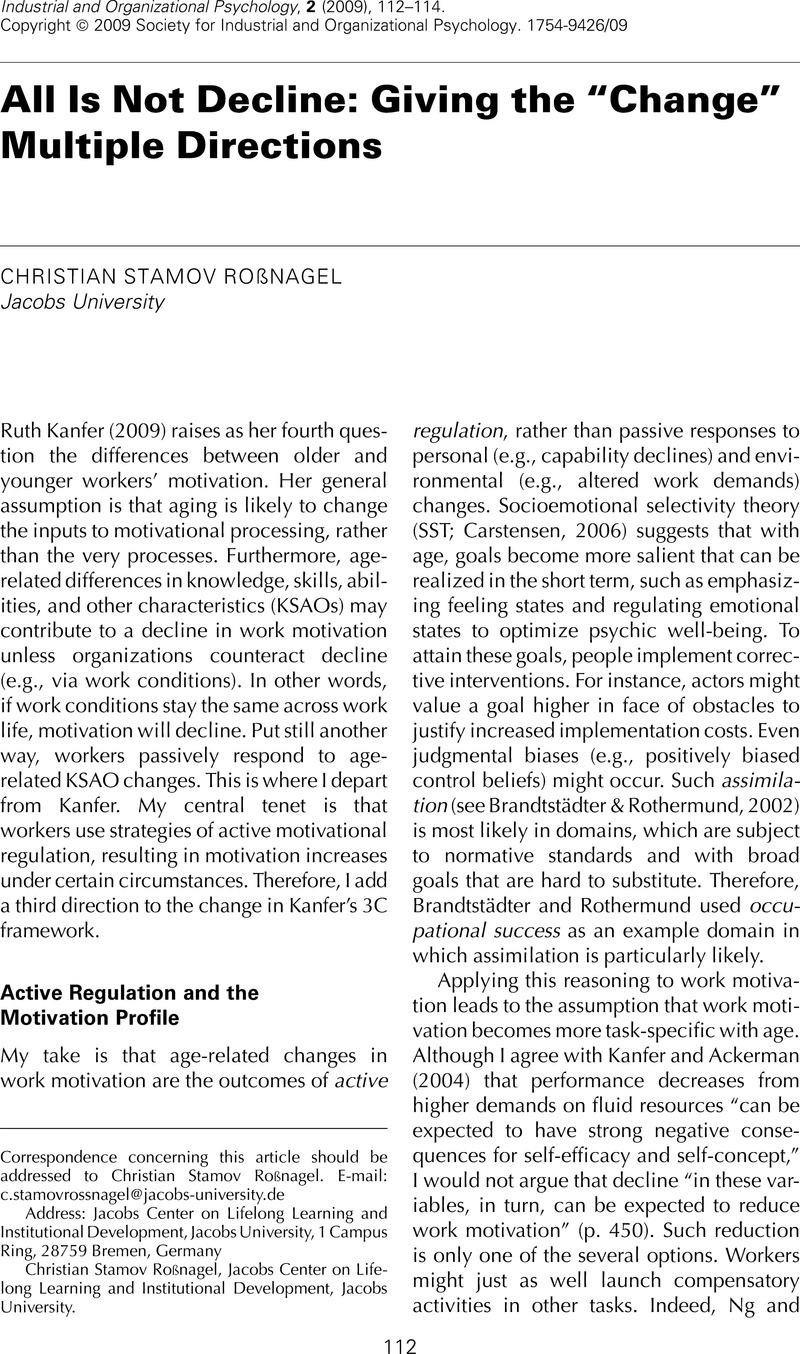Crossref Citations
This article has been cited by the following publications. This list is generated based on data provided by Crossref.
Van Den Ouweland, Loth
and
Van den Bossche, Piet
2017.
The impact of values‐job fit and age on work‐related learning.
International Journal of Training and Development,
Vol. 21,
Issue. 3,
p.
195.



